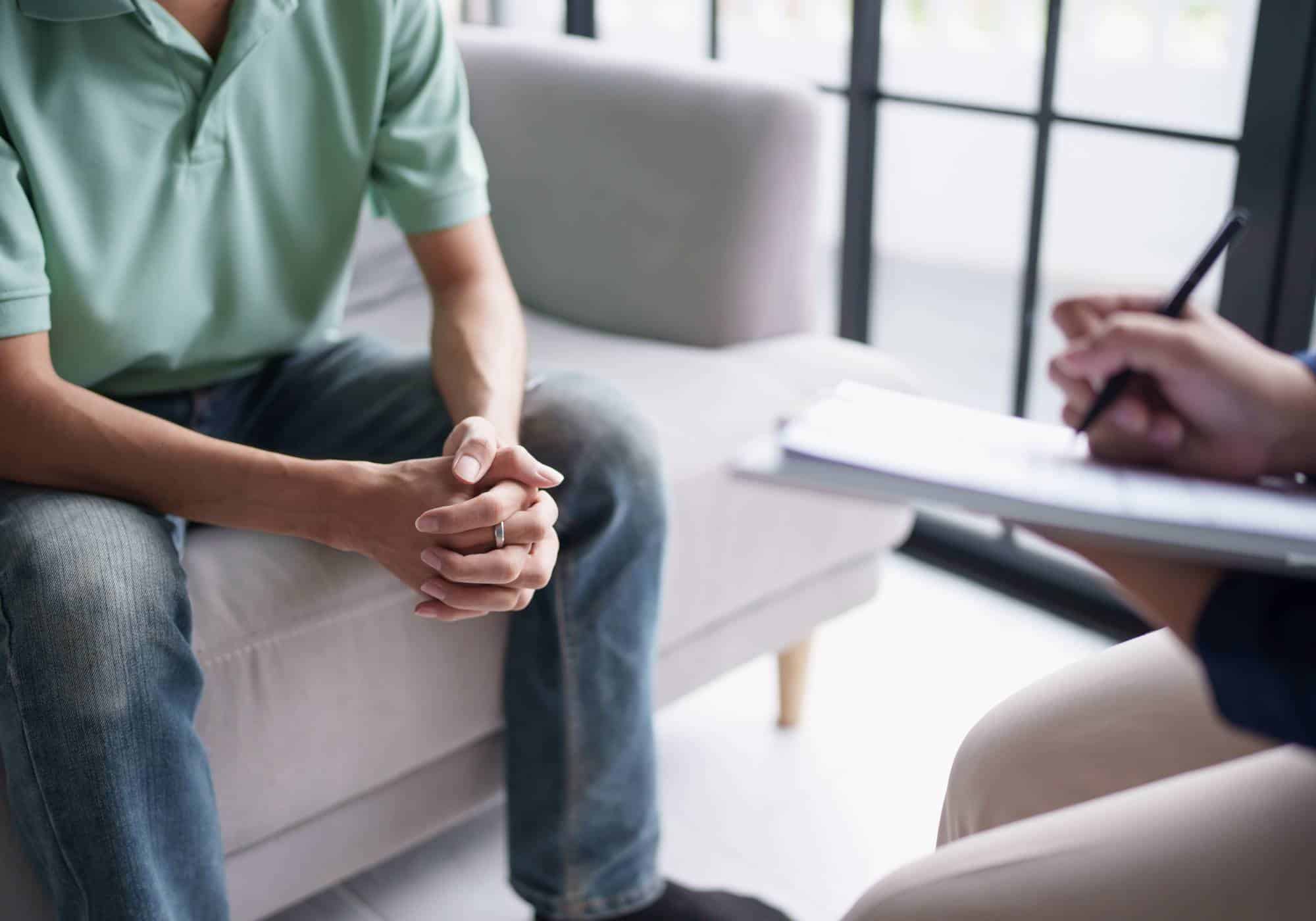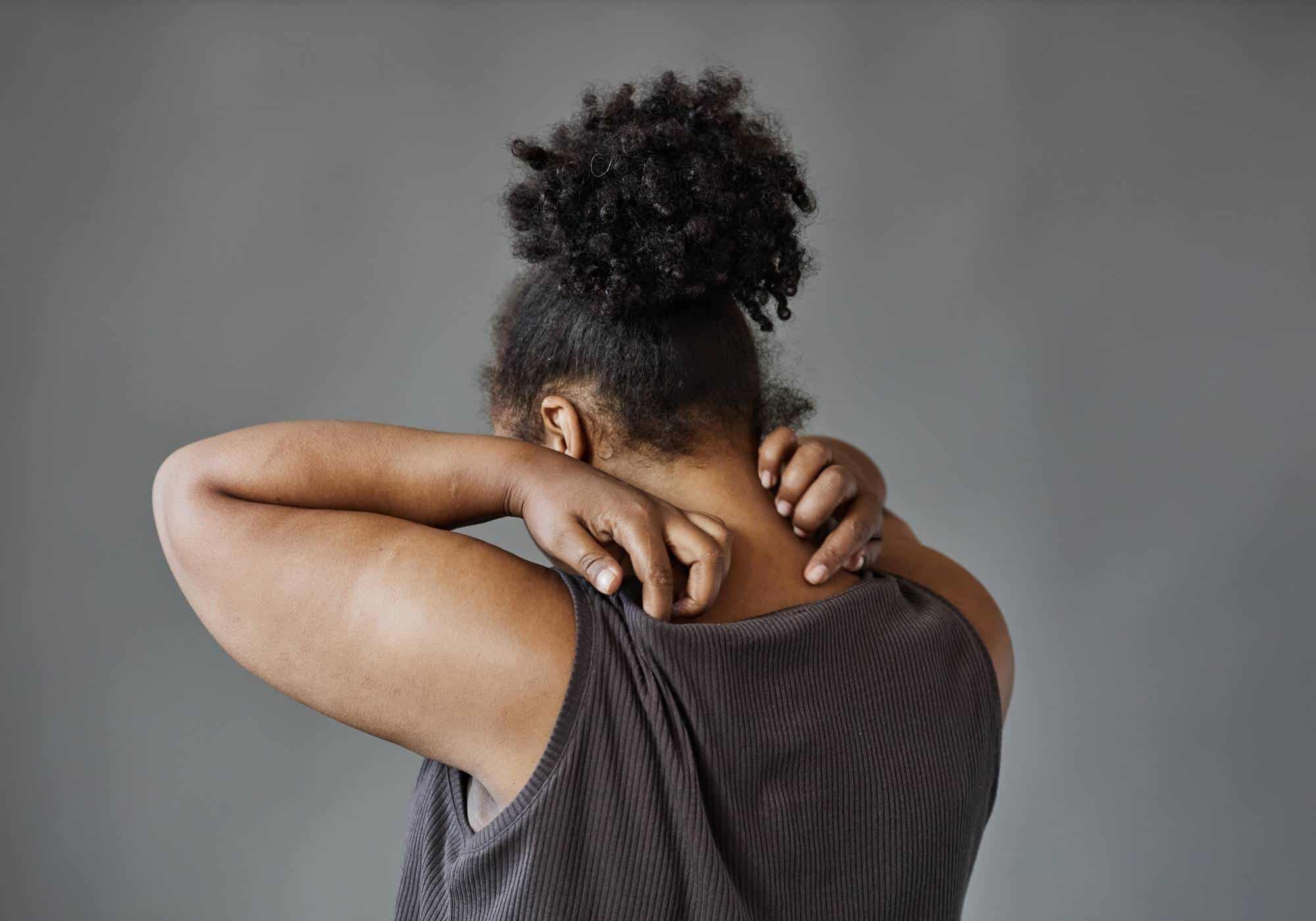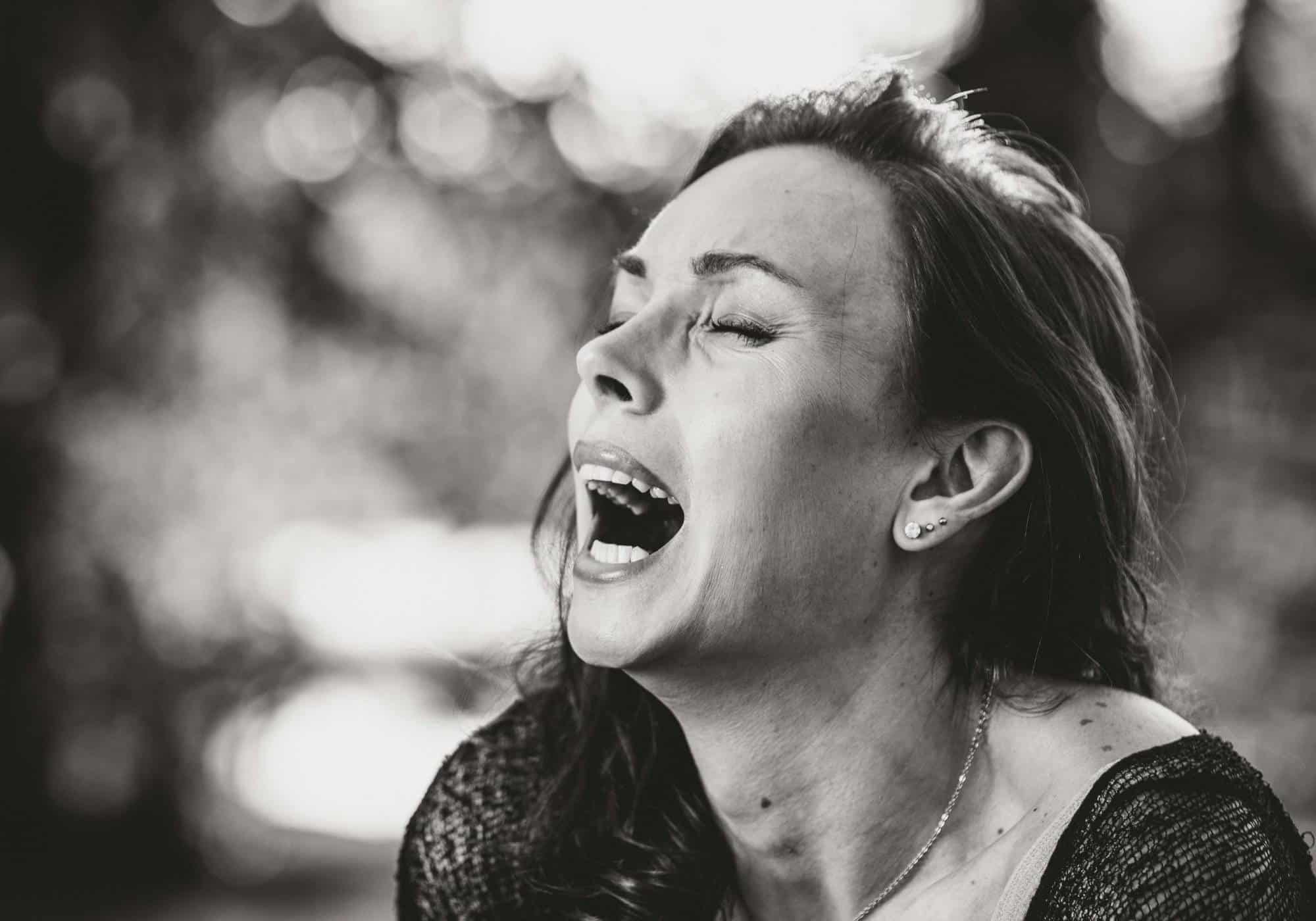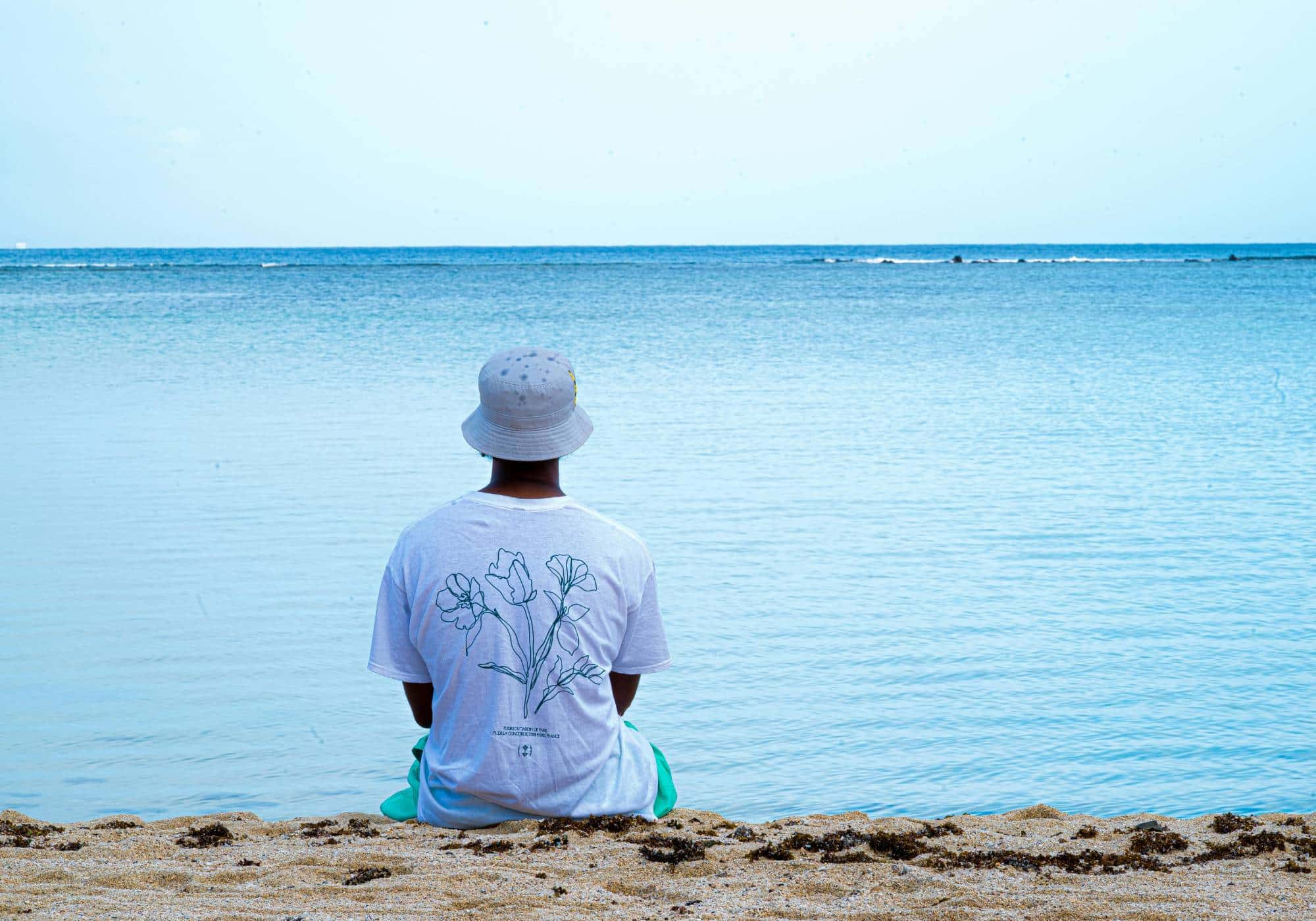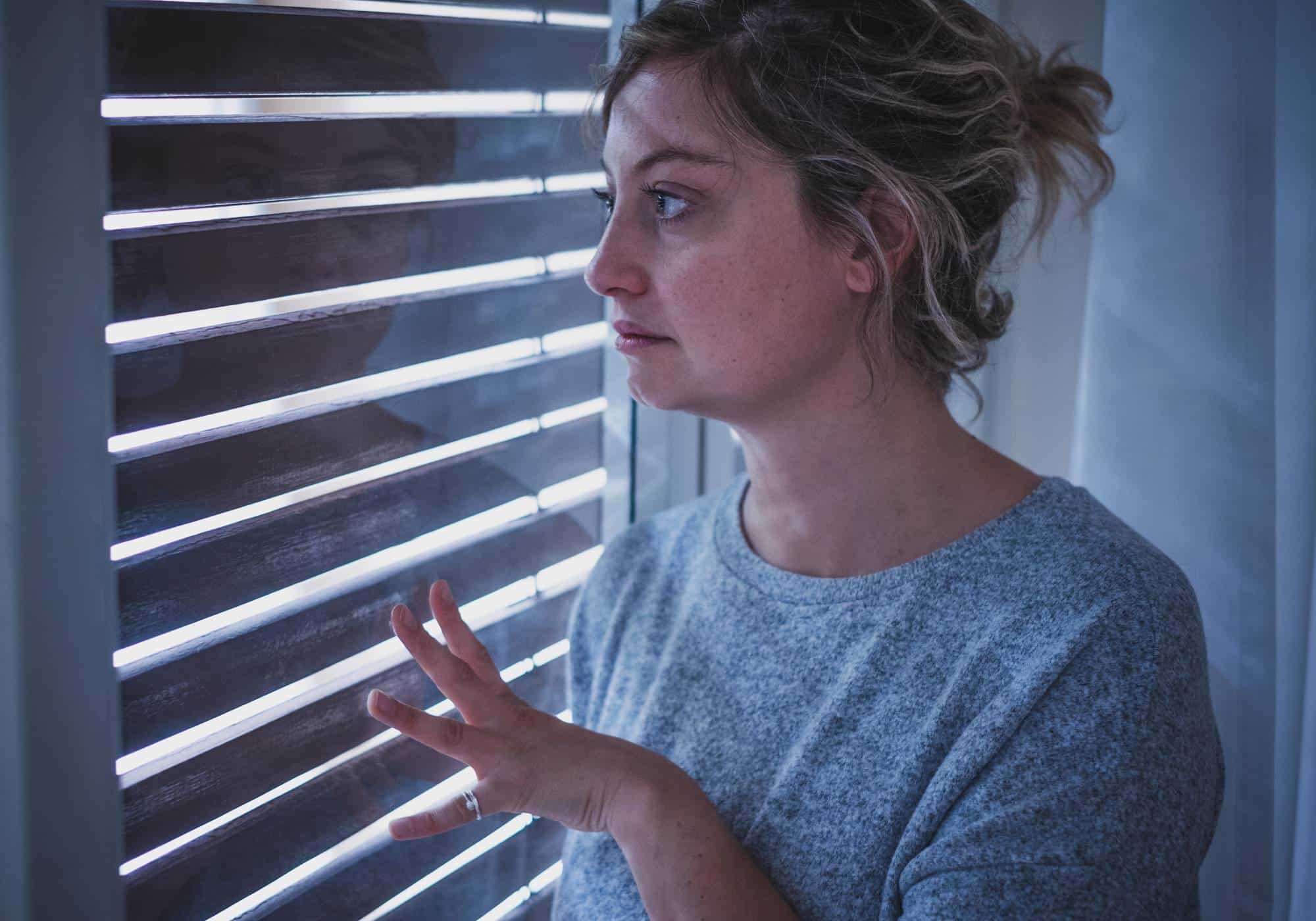Agoraphobia is a mental health condition that triggers intense fear in certain situations. Some people may even hesitate to leave their homes. Although this anxiety disorder can feel overwhelming, effective treatment is available. With help, individuals can learn how to manage symptoms, regain their confidence, and reconnect with the world around them.
Treating agoraphobia involves a combination of medication, therapy, and lifestyle changes. The earlier a person receives a diagnosis and begins treatment, the better their chances of improving their well-being and reducing fear-driven behavior. Understanding agoraphobia can also ease loved ones’ concerns, helping them support the person’s journey toward healing.
This article explains what agoraphobia is, explores its different types, describes how it impacts daily life, and discusses available treatments. By reading on, you’ll gain insight into this condition, learn how to recognize early warning signs, and discover effective strategies for managing it. If you or someone you care about struggles with agoraphobia, consider reaching out to Hooked on Hope Mental Health 470-287-1927 or fill out our online contact form for guidance and support.
What Is Agoraphobia?
Agoraphobia is an anxiety disorder that involves a strong fear of situations where escape might feel difficult or help may seem unavailable. People with agoraphobia often worry they’ll lose control, panic, or feel trapped. This fear can become so intense that leaving home, traveling alone, or being in crowded places can feel impossible.
Many individuals with agoraphobia fear embarrassing themselves in public or having panic attacks around others. Over time, they might avoid everyday activities—such as going to the store, attending social events, or seeking medical care—due to their overwhelming anxieties. This avoidance can severely limit their opportunities and quality of life.
Agoraphobia affects not only the person experiencing it but also their loved ones. Family and friends may need to offer extra support, understanding, and patience as the individual works toward managing their fears and regaining independence.
Types of Agoraphobia
Agoraphobia can appear in different forms. While the core issue is fear of certain situations, the type of fear can vary. For example, fear of crowds is common. Though many people dislike tight, busy places, someone with agoraphobia might experience severe distress even in mildly crowded settings.
Agoraphobia often relates to panic disorders.
In fact, the American Psychiatric Association’s Diagnostic and Statistical Manual of Mental Disorders (DSM) recognizes agoraphobia in two main categories:
- Panic disorder with agoraphobia.
- Agoraphobia without a history of panic disorder.
In addition to these, other variations include:
- Paranoid agoraphobia
- Claustrophobia
- Disorganized agoraphobia
- Catatonic agoraphobia
- Enochlophobia
The primary difference between the two diagnosable types lies in whether panic attacks are a known part of the individual’s history.
Paranoid Agoraphobia
Paranoid agoraphobia involves both paranoia and agoraphobia. Paranoia often revolves around fixed, false beliefs that cause someone to feel threatened or endangered. Agoraphobia, by contrast, relates to fear of panic attacks or not getting help in uncomfortable situations.
While both conditions involve intense fear, paranoia stems from false beliefs. Agoraphobia centers on fear related to anxiety and panic attacks. When combined, these conditions can make it challenging for a person to leave their home or feel safe outside their comfort zone.
Claustrophobia
Claustrophobia is the fear of enclosed spaces. People with claustrophobia experience intense anxiety in small or confining areas. They might avoid elevators, small rooms, cars in heavy traffic, or even airplanes. Though common, claustrophobia can improve with proper treatment and coping techniques.
Disorganized Agoraphobia
In disorganized agoraphobia, people struggle with balance and their senses become confusing. They might rely heavily on visual or tactile cues to feel secure. When these signals become distorted, ordinary tasks like walking across a bridge can feel frightening.
For example, a person may panic if a breeze makes them feel off-balance. Their brain’s misinterpretation of sensory information causes severe anxiety. This confusion leads to panic and a strong desire to avoid certain places or situations.
Catatonic Agoraphobia
Catatonic agoraphobia involves episodes where a person cannot move or speak when faced with a feared situation. They might feel so overwhelmed by fear that they freeze up, unable to perform basic actions like picking up an object or standing up from a chair.
This can become dangerous in everyday scenarios, such as driving across a bridge. The inability to act or move properly puts the individual at risk. Catatonic agoraphobia can significantly interfere with daily life, making basic tasks stressful and uncertain.
Enochlophobia
Enochlophobia is the fear of large crowds. This is a social phobia that often affects women more than men. People with enochlophobia tend to avoid concerts, sporting events, or busy malls. Even everyday activities like grocery shopping can feel overwhelming.
By steering clear of such events, they miss out on social experiences. Over time, this fear can isolate them further. Managing enochlophobia involves facing these fears gradually and developing coping strategies to handle crowds more comfortably.
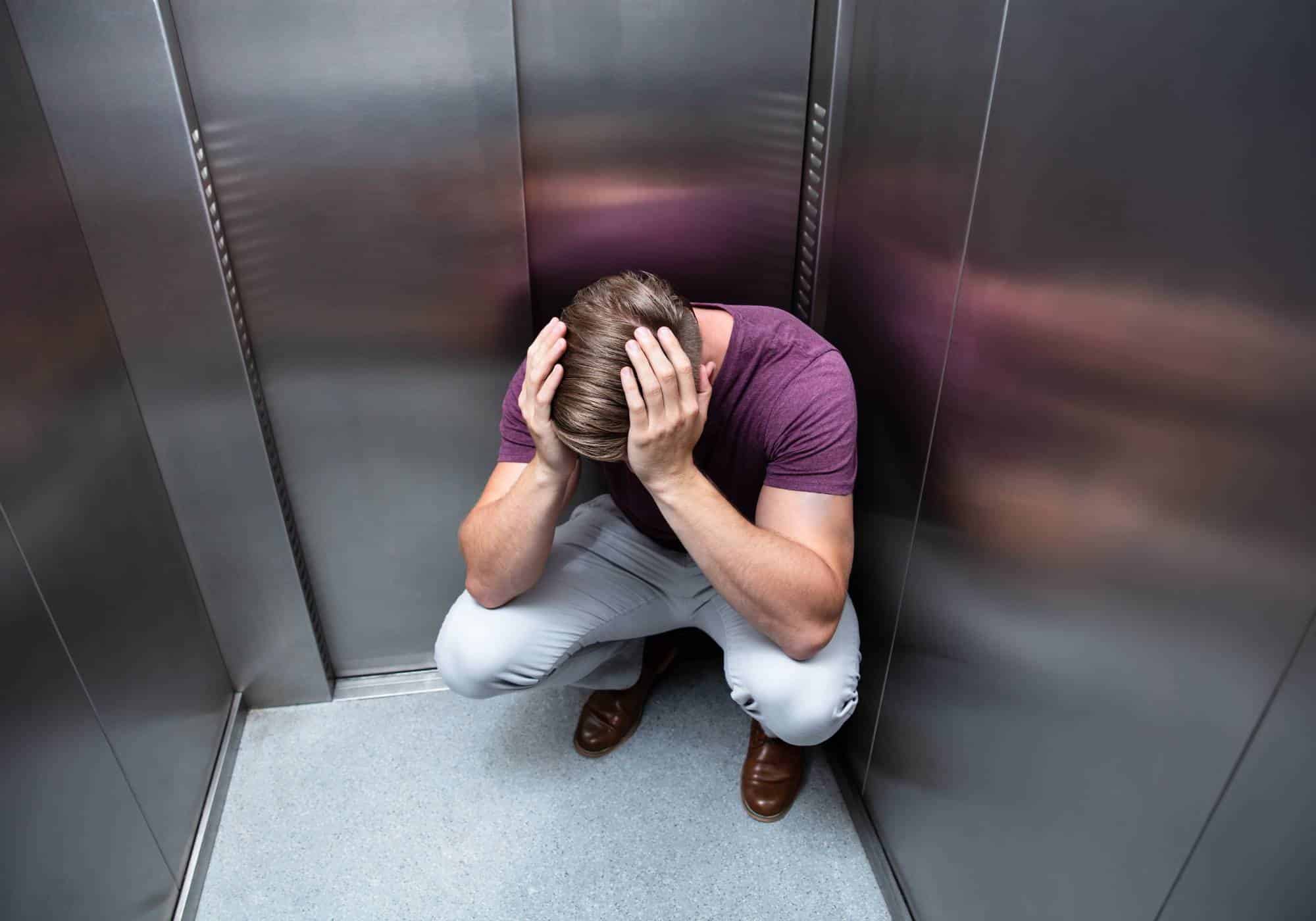
Symptoms of Agoraphobia
Agoraphobia symptoms vary, but common signs include:
- Intense anxiety when away from a “safe” place or person.
- Panic attacks with symptoms like shortness of breath, sweating, dizziness, racing heart, choking feelings, nausea, or severe fear.
- Worrying about anxiety before leaving a safe environment.
- Low self-esteem and declining self-confidence.
- Avoiding leaving home or familiar surroundings.
- Depression may appear alongside agoraphobia, worsening overall mental health.
These symptoms can create a cycle where fear feeds on itself. The individual becomes terrified of having panic attacks, which leads to more avoidance, isolation, and distress.
Panic Disorder and Agoraphobia
Many people with agoraphobia also have panic disorder. Panic disorder involves sudden bursts of intense fear called panic attacks. A panic attack typically peaks within minutes and includes physical symptoms that mimic life-threatening conditions. The person may fear they’re losing control or even dying.
Worrying about future panic attacks can prompt someone to avoid places where attacks occurred before. This leads them to steer clear of similar situations, narrowing their comfort zone further.
Common symptoms of panic attacks include:
- Rapid heart rate
- Trouble breathing or feeling like you’re choking
- Chest pain or pressure
- Dizziness or lightheadedness
- Shakiness, numbness, or tingling
- Excessive sweating
- Sudden warmth or chills
- Upset stomach or diarrhea
- Feeling a loss of control
- Fear of dying
How Common Is Agoraphobia?
Agoraphobia often develops alongside panic disorder, but it can appear on its own. Researchers don’t fully understand what causes it. However, the connection to panic disorder is strong. About one-third of individuals with panic disorder eventually develop agoraphobia. Still, some people with agoraphobia have never experienced full-blown panic attacks.
What Causes Agoraphobia?
The exact cause remains unclear. Several factors likely contribute, including genetics, temperament, and life experiences. Often, agoraphobia is linked to panic disorder and panic attacks. But not everyone with agoraphobia has a history of panic attacks.
High anxiety, traumatic life events, and an overall anxious personality can raise the risk. The condition may emerge after stressful life changes, like losing a loved one, experiencing abuse, or surviving a traumatic incident.
Risk Factors for Agoraphobia
Certain factors increase the likelihood of developing agoraphobia:
- Having panic attacks
- Overreacting to panic attacks with intense fear
- Having other phobias
- Living through stressful or traumatic life events (e.g., assault, abuse, or the death of a parent)
- Being sensitive to anxiety or having another anxiety disorder
- Having a family history of agoraphobia
Women receive agoraphobia diagnoses more frequently than men. It often appears in late teens or early adulthood, but older adults can develop it as well.
Complications of Agoraphobia
Without treatment, agoraphobia can severely limit a person’s life:
- They may avoid work, school, socializing, and activities they once enjoyed.
- Financial hardship, isolation, and loneliness can increase depression and distress.
- Recognizing their fears as irrational doesn’t solve the problem; the person may feel helpless and frustrated.
- Negative feelings damage self-esteem, leading to increased anxiety and other mental health issues.
- Unhealthy coping methods (e.g., overeating, misusing substances) may appear, causing further health problems.
Diagnosis of Agoraphobia
Diagnosing agoraphobia involves discussing symptoms with a medical or mental health professional. Doctors may run tests to rule out underlying physical conditions. They may also refer individuals to mental health specialists for further evaluation. Early diagnosis is important. The sooner a person knows what they’re dealing with, the sooner they can begin effective treatment.
Treatment for Agoraphobia
Agoraphobia responds well to treatment. Options may include:
- Medications like antidepressants or anti-anxiety drugs.
- Cognitive behavioral therapy (CBT) to challenge negative thought patterns.
- Exposure therapy to gradually face feared situations.
- Relaxation training to calm the nervous system.
- Support groups to connect with others facing similar struggles.
- Self-help methods like mindfulness, journaling, or guided imagery.
Each person’s treatment plan will differ. With proper support and commitment, most individuals see improvement, often leading to better functioning and restored freedom.

Childhood Agoraphobia
Children can also experience agoraphobia. Unlike adults, children may have fewer coping skills and more dependence on caregivers. They might fear situations where escape seems hard. Symptoms in children include tantrums, crying, clinging, or “freezing” in fear.
School environments can trigger agoraphobia in kids. Large gym classes, crowded cafeterias, or busy hallways may feel overwhelming. To prevent embarrassment or panic attacks in front of peers, children may avoid school or refuse to participate in certain activities. Early intervention and therapy can help children manage these fears and develop healthier coping skills.
Agoraphobia and Co-Occurring Conditions
Agoraphobia sometimes occurs with other mental health disorders. One such condition is schizoaffective disorder, a chronic illness combining symptoms of schizophrenia (like hallucinations or delusions) with mood disorder symptoms (like mania or depression).
When agoraphobia is severe, it can be disabling. If someone struggles with substance abuse on top of agoraphobia, the challenge intensifies. Substance use might temporarily numb fear but creates more problems in the long run. The combination of agoraphobia and substance abuse can worsen both conditions.
It’s crucial to seek help from professionals who understand co-occurring conditions. Hooked on Hope Mental Health offers assistance for those facing mental health disorders and substance abuse together. Our team can guide you toward programs that address both problems, helping you regain stability and improve your quality of life.
Preventing Agoraphobia
There’s no guaranteed way to prevent agoraphobia. However, you can reduce the risk by addressing anxiety early. If certain places or situations trigger mild fear, try gradually exposing yourself to them rather than avoiding them completely.
Practice facing these fears with support from friends, family, or a professional. If you experience panic attacks or extreme anxiety, get help before the situation worsens. Early intervention often leads to better outcomes. Anxiety, like many mental health conditions, can become harder to treat if it lingers without attention.
Looking Ahead: Hope and Recovery
Agoraphobia can feel isolating, but it’s important to remember that you’re not alone. Many people have found ways to manage their fears and live fulfilling lives. With the right treatment and support, you can learn to overcome avoidance and anxiety.
Treatment may require patience and persistence. You might try several strategies before finding the perfect fit. Keep an open mind. With help from mental health professionals, medication when needed, and support from loved ones, you can make steady progress.
Lifestyle Changes for Managing Agoraphobia
In addition to formal treatment, lifestyle adjustments can help manage agoraphobia:
- Exercise regularly to reduce stress and improve mood.
- Practice relaxation techniques like deep breathing or meditation.
- Follow a balanced diet and get enough sleep to maintain overall health.
- Learn time management and problem-solving skills to boost confidence.
- Set small goals for facing feared situations incrementally.
These changes reinforce therapy’s effects. Over time, you’ll gain resilience and a sense of control that agoraphobia once seemed to steal away.
Support for Loved Ones
If you care about someone with agoraphobia, your understanding and patience matter. Encourage them to seek professional help. Offer to accompany them to therapy sessions or doctor’s appointments if they’re comfortable with that. Listen to their concerns without judgment.
Create a safe, supportive environment. Help them break tasks into small steps. Celebrate their successes, no matter how modest. Remember that progress may be slow, and setbacks can happen. Patience, empathy, and kindness make a difference in their journey.
When to Seek Professional Help
If agoraphobia significantly affects daily life, it’s time to consider professional help. Signs you might need assistance include:
- Extreme difficulty leaving home, even for essentials.
- Avoiding work, school, or social events because of fear.
- Panic attacks or intense anxiety symptoms that cause distress.
- Substance use to cope with anxiety or fear.
- Strained relationships or isolation caused by avoidance.
Contact a mental health professional if any of these signs apply. Early intervention can lead to more effective treatment and a better chance at long-term relief.
Working with a Professional at Hooked on Hope Mental Health
At Hooked on Hope Mental Health, our compassionate professionals understand the complexities of agoraphobia. We tailor treatments to your unique situation, guiding you through every step of recovery. Whether you need medication management, therapy sessions, or holistic approaches, our team can help you find a strategy that works.
We recognize the importance of a supportive environment. You can learn coping strategies, build self-confidence, and gradually face your fears in a controlled, safe setting. Our goal is to help you regain independence, restore relationships, and enjoy activities that once felt out of reach.
The Importance of Early Intervention
Waiting too long to address agoraphobia can lead to more severe anxiety. Early intervention increases the likelihood of success. If you suspect agoraphobia in yourself or a loved one, don’t hesitate to reach out.
Seek professional guidance. If panic attacks or severe anxiety are present, prompt treatment can prevent these problems from growing. The sooner treatment begins, the smoother the journey to improvement can be.
Agoraphobia Treatment in Atlanta, GA
Agoraphobia can create significant challenges. It can restrict your activities, strain relationships, and cause lingering stress. But it’s important to remember that help is within reach.
From understanding what agoraphobia is to exploring various types, symptoms, and treatments, knowledge provides empowerment. Early diagnosis and intervention, combined with a supportive environment, can break the cycle of avoidance and anxiety.
If you or someone you love struggles with agoraphobia, consider contacting Hooked on Hope Mental Health at 470-287-1927 or fill out our online contact form. Professional guidance, tailored therapies, and caring support can make all the difference. With the right help, it’s possible to reclaim independence, reconnect with the world, and find hope beyond fear.


